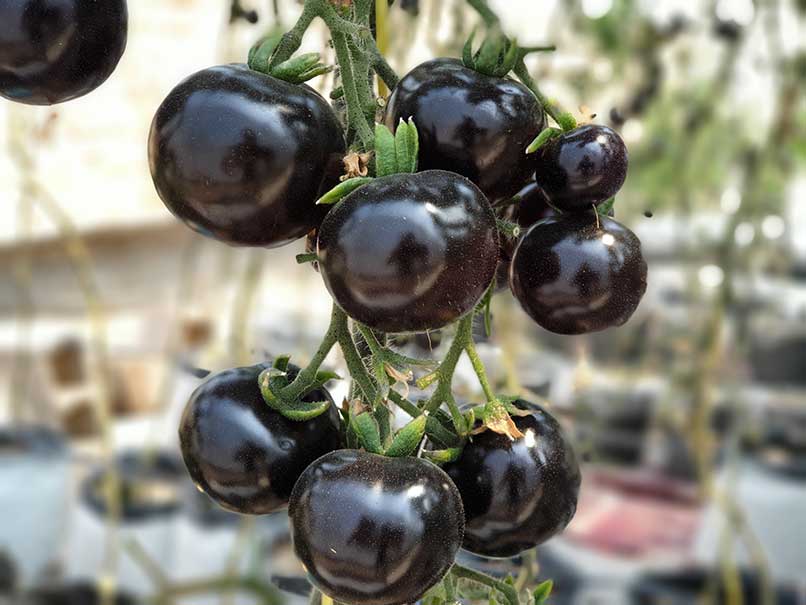Tomatoes are a widely popular fruit around the world. However, not all tomatoes are created equal. Enter the Kumato tomato. With its darker hue and richer flavor, the Kumato stands out as a superior and healthier variant. Let’s explore what makes it special and learn how to grow it in your own garden.
The Health Superiority of the Kumato Tomato
The Kumato tomato offers several health benefits that set it apart from other varieties:
- Richer in Antioxidants: The Kumato tomato contains higher levels of antioxidants, especially lycopene. Its darker color is a testament to its elevated lycopene content, a compound known for combating oxidative stress.
- Naturally Sweet: Kumatoes have less acidity, giving them a natural sweetness without the need for artificial enhancers. This not only enhances their taste but also helps maintain a balanced blood sugar level.
- Higher Mineral Content: Packed with potassium, magnesium, and vitamin B6, Kumatoes not only offer an impressive nutrient profile but also promote better heart health.

Growing Kumato Tomatoes: A Guide
Growing Kumato tomatoes is similar to cultivating regular tomatoes, but there are some specific nuances to consider for a successful harvest:
- Seed Selection: Start by sourcing genuine Kumato seeds. While it may be challenging to find authentic seeds due to patent restrictions, look for brown tomatoes or similar varieties that closely resemble Kumatoes.
- Soil Preparation: Like all tomatoes, Kumatoes thrive in well-draining soil. Enrich your garden bed with compost or organic matter. Aim for a pH level of 6.2 to 6.5 to create an ideal environment for these tomatoes.
- Planting: Plant the seeds about a quarter-inch deep in starter pots. Once the last frost has passed and the seedlings have at least two sets of true leaves, you can transfer them outdoors. Remember to provide ample space, around 24-36 inches apart, for each plant.
- Sunlight and Water: Kumatoes love sunlight, so choose a location where they can receive at least 6-8 hours of direct sunlight daily. Water the plants regularly, ensuring that the soil remains consistently moist but not waterlogged.
- Support and Pruning: As the plants grow, they may need support. Consider using tomato cages or stakes to prevent the branches from breaking under the weight of the fruit. Regularly prune the lower leaves to improve air circulation and reduce the risk of disease.
- Harvesting: Kumatoes are ready to be harvested when they turn a deep brown or greenish color. Unlike other tomatoes, Kumatoes will still be slightly firm when fully ripe.

The Kumato tomato not only adds a gourmet touch to culinary dishes but also offers a powerhouse of nutrients. By understanding the health benefits it provides and mastering the cultivation process, you can enjoy this delicious and healthy tomato variant straight from your own garden. Happy gardening!





